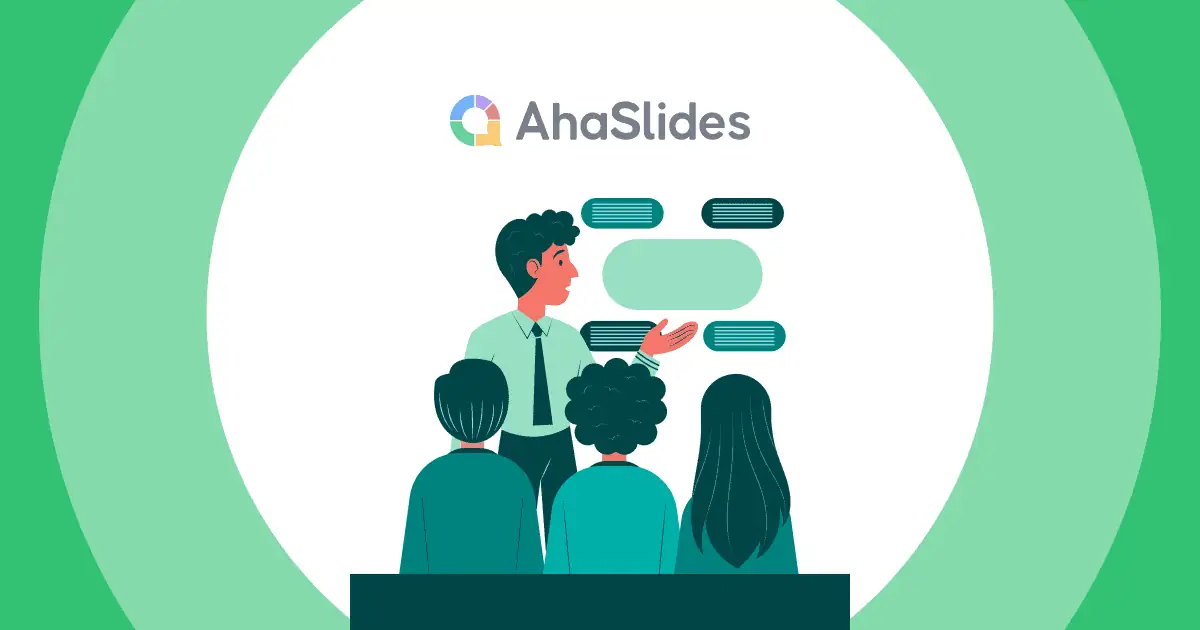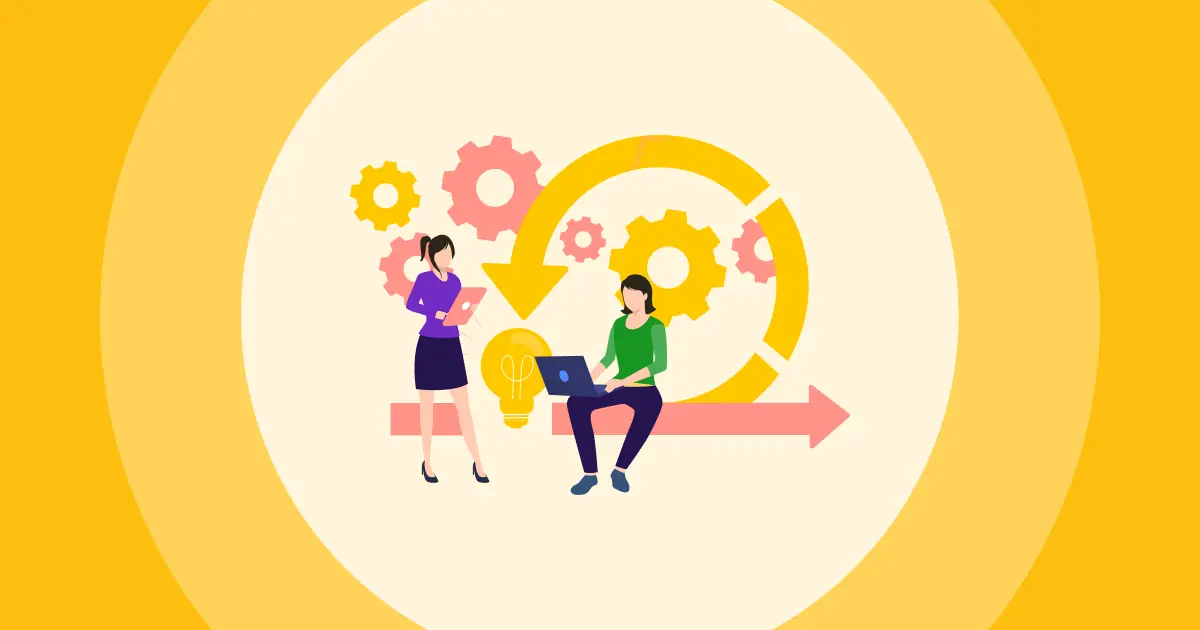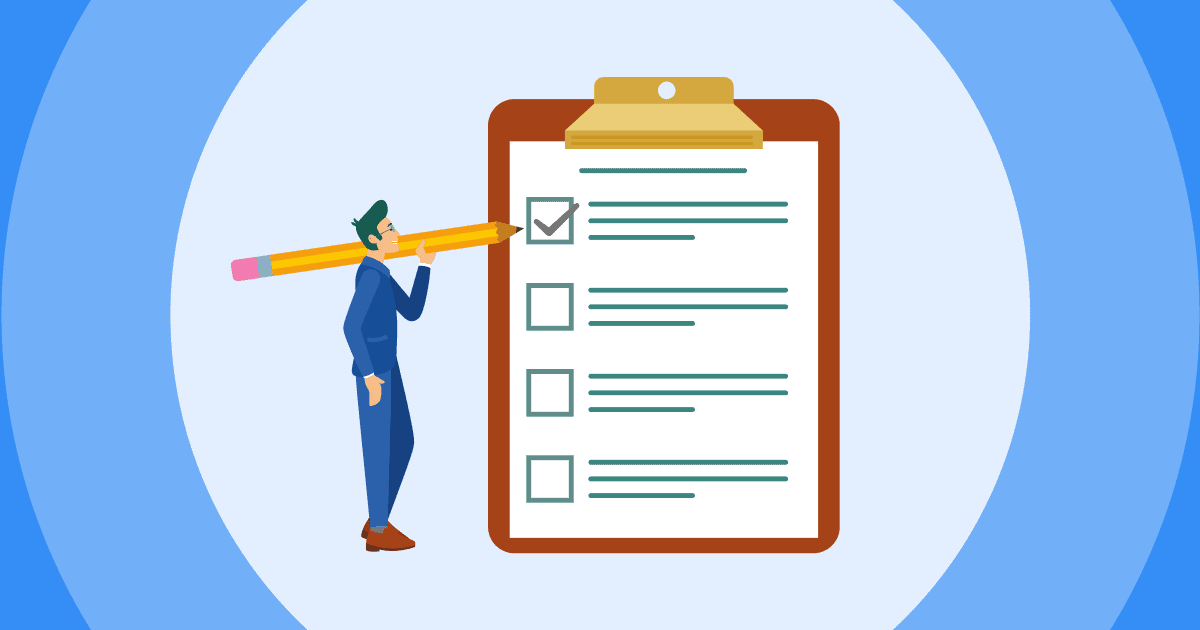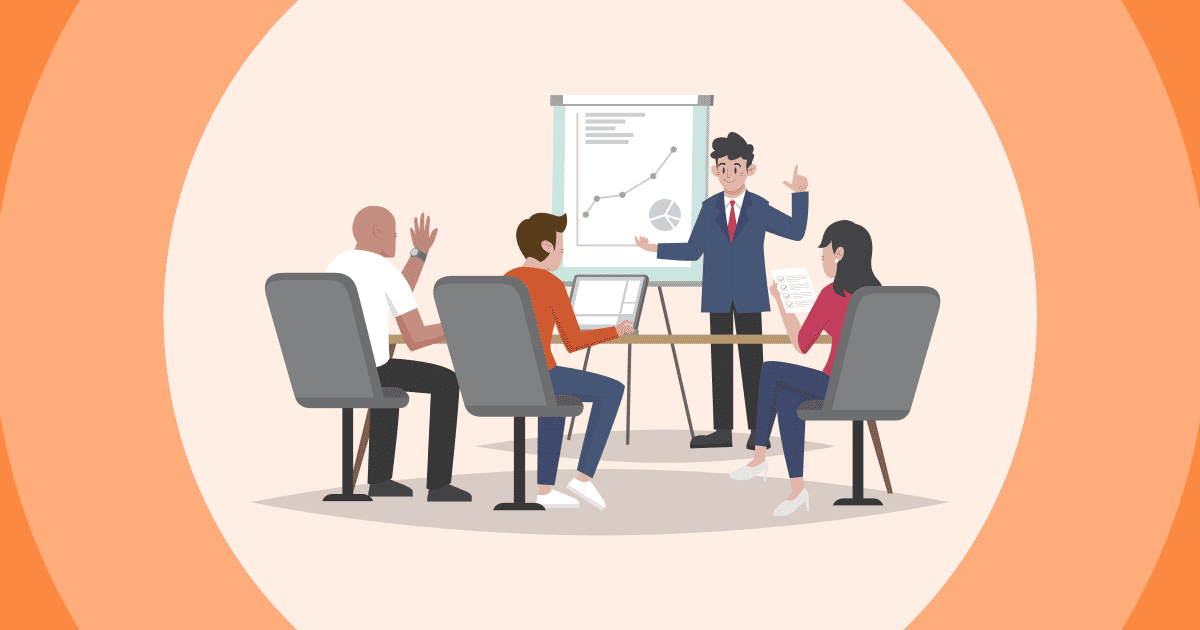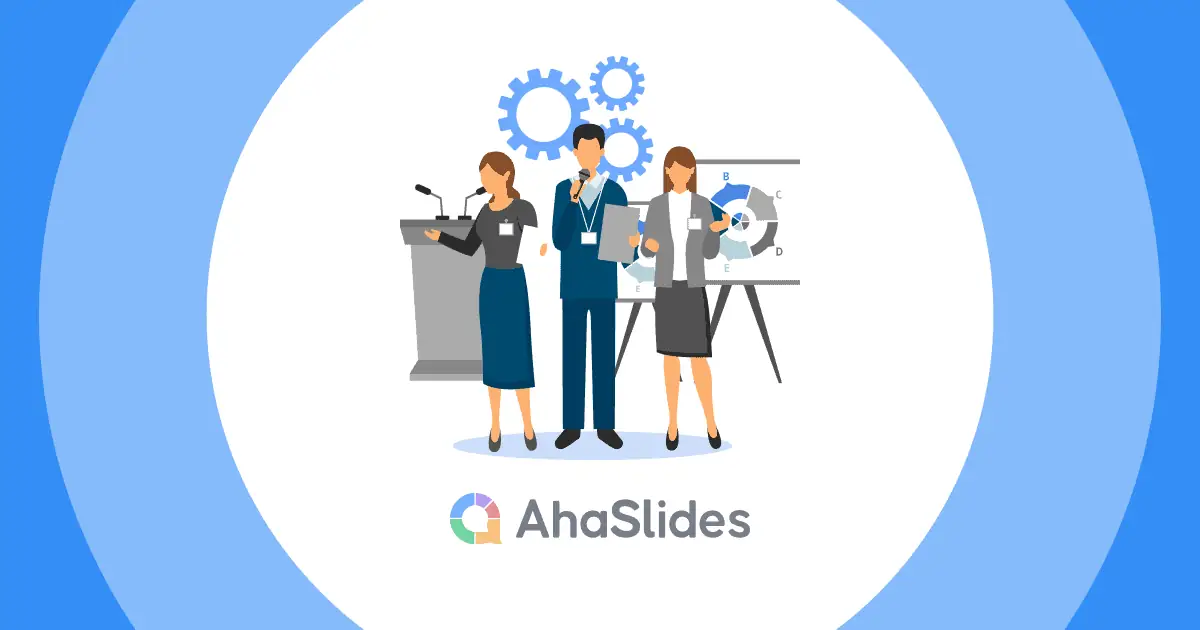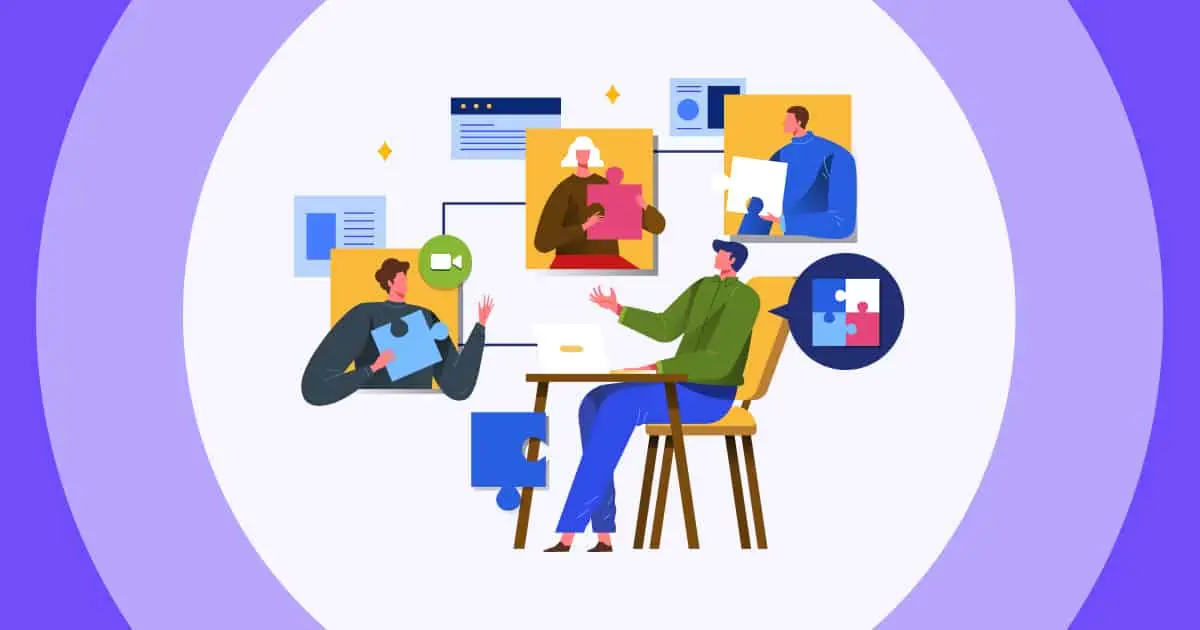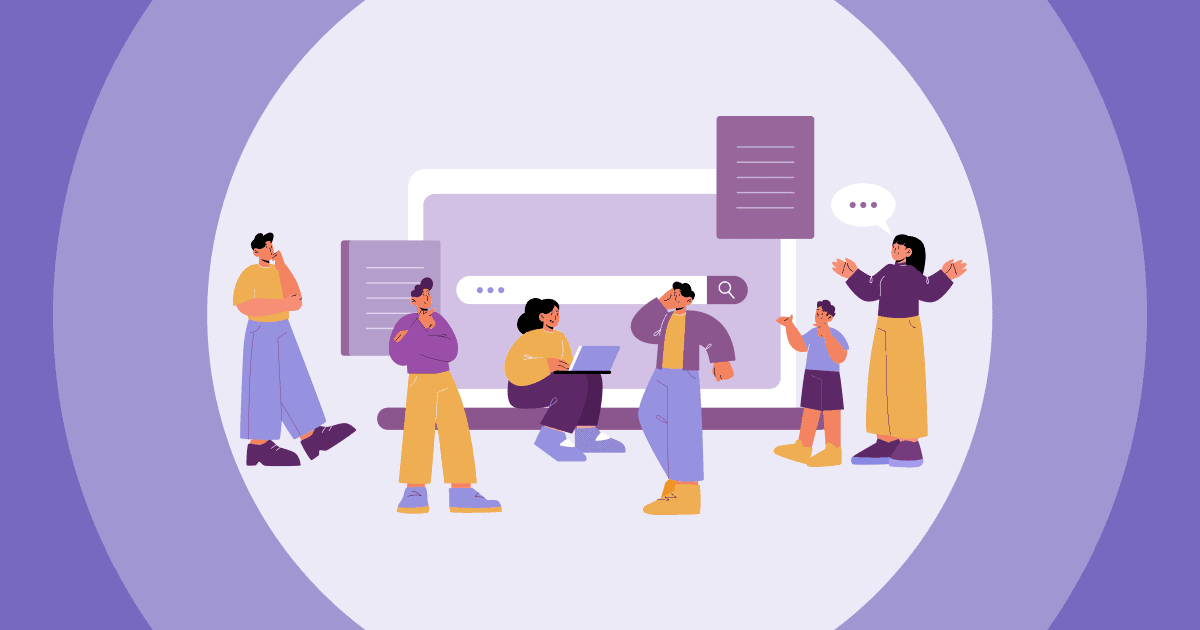組織の成功というダイナミックな環境において、鍵となるのは継続的な改善手法です。小規模なチームを率いる場合でも、大企業を監督する場合でも、卓越性の追求は終わりがありません。このブログ記事では、組織におけるイノベーション、効率性、そして永続的な成功を促進するための秘訣となる、5つの継続的改善手法と8つの継続的改善ツールをご紹介します。
目次
継続的改善とは
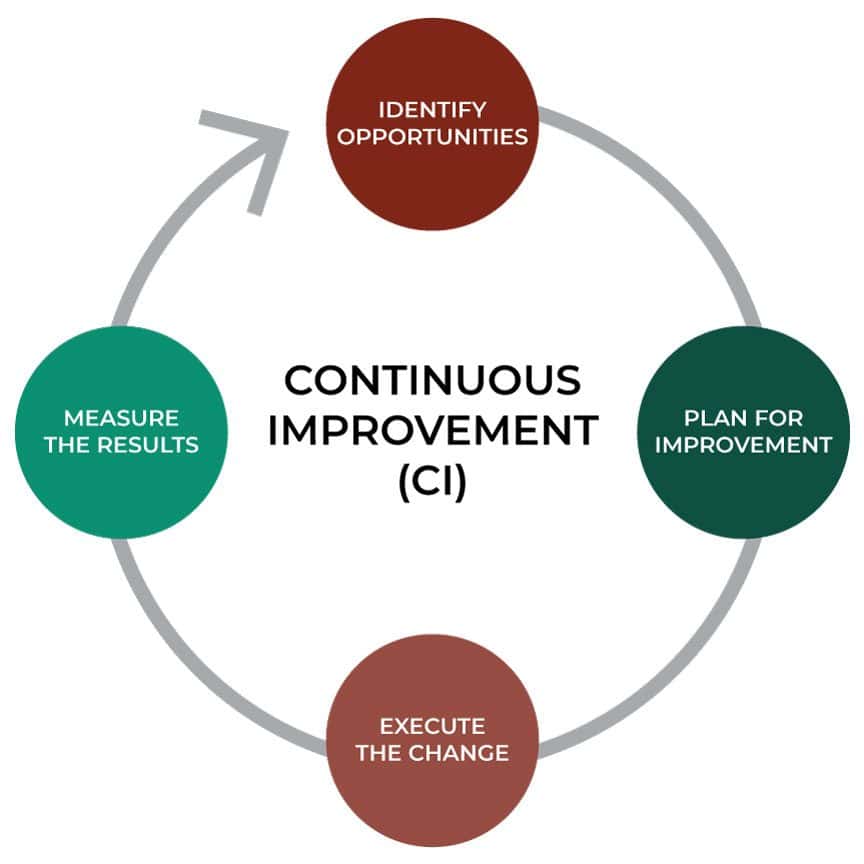
継続的改善とは、組織内のプロセス、製品、またはサービスを向上させるための体系的かつ継続的な取り組みです。これは、常に改善の余地があるという考えに基づき、時間をかけて段階的な変化を起こし、卓越性を達成しようとする哲学です。
継続的な改善の中核には以下が含まれます。
- 機会の特定: ワークフローの効率、製品の品質、顧客満足度など、改善できる領域を認識します。
- 変更を加える: 大規模な改革を待つのではなく、小規模で段階的な変更を実施します。これらの変更は、多くの場合、組織の業務から収集されたデータ、フィードバック、または洞察に基づいています。
- 影響の測定: 変更の効果を評価して変更が成功したかどうかを判断し、変更が全体的な改善目標にどのように貢献するかを理解します。
- 適応と学習: 学習と適応性の文化を受け入れる。 継続的な改善では、ビジネス環境は動的であり、今日機能しているものでも明日には調整が必要になる可能性があることを認識しています。
継続的な改善は XNUMX 回限りのプロジェクトではなく、卓越性を実現するための長期的な取り組みです。 リーン方法論など、さまざまな形式をとることができます。 シックスシグマ カイゼンには、継続的な改善を達成するための体系的なアプローチを提供する実践、つまりカイゼン原則があります。最終的には、革新性、効率性、そして組織の業務における改善への飽くなき追求というマインドセットを育むことが重要です。
5 継続的改善方法論
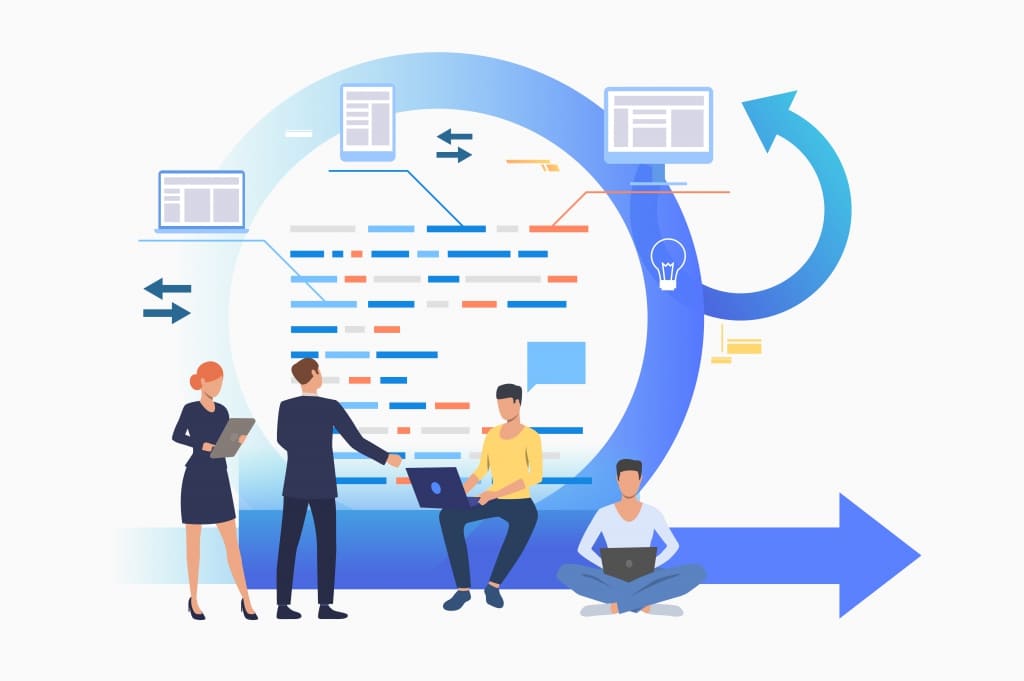
さまざまな業界で広く使用されている XNUMX つの継続的改善方法論を次に示します。
1/ カイゼン – 継続的改善方法論
カイゼン継続的改善プロセスカイゼン(Kaizen)とは、「より良い方向への変化」を意味する日本語で、小さな段階的な変化を積み重ねることを中心とした継続的な改善プロセスです。あらゆるレベルの従業員がプロセス、製品、またはサービスを改善するためのアイデアを出すことを奨励することで、継続的な改善の文化を育みます。
2/ リーン製造業 – 継続的改善手法
リーン・マニュファクチャリングの原則 無駄を最小限に抑え、継続的な作業の流れを確保し、顧客に価値を提供することに重点を置くことで、業務を合理化することを目指しています。 廃棄物の削減、効率的なプロセス、顧客満足度がこの方法論の中核です。
3/ DMAICモデル – 継続的改善方法論
DMAICモデル (定義、測定、分析、改善、制御) は、シックス シグマ方法論内の構造化されたアプローチです。 それには以下が含まれます:
- 定義: 問題または改善の機会を明確に定義します。
- 測定: 現在の状態を定量化し、ベースライン指標を確立します。
- 分析: 問題の根本原因を調査します。
- 改善: ソリューションと機能強化の実装。
- コントロール: 改善が長期にわたって持続されることを保証します。
4/ 制約理論 - 継続的改善方法論
制約理論とは何ですか? 制約理論 (TOC) は、システム内の最も重要な制限要因 (制約) を特定して対処することに焦点を当てています。 制約を体系的に改善または削除することで、組織はシステム全体の全体的な効率と生産性を向上させることができます。
5/ 方針管理 – 継続的改善方法論
方針管理計画は、日本発祥の戦略計画手法です。組織の目的と目標を日々の活動と整合させます。体系的なプロセスを通じて、方針管理は組織内の全員が共通の目標に向かって取り組むことを保証し、結束力と目標志向の職場環境を育みます。
継続的な改善のための 8 つの必須ツール
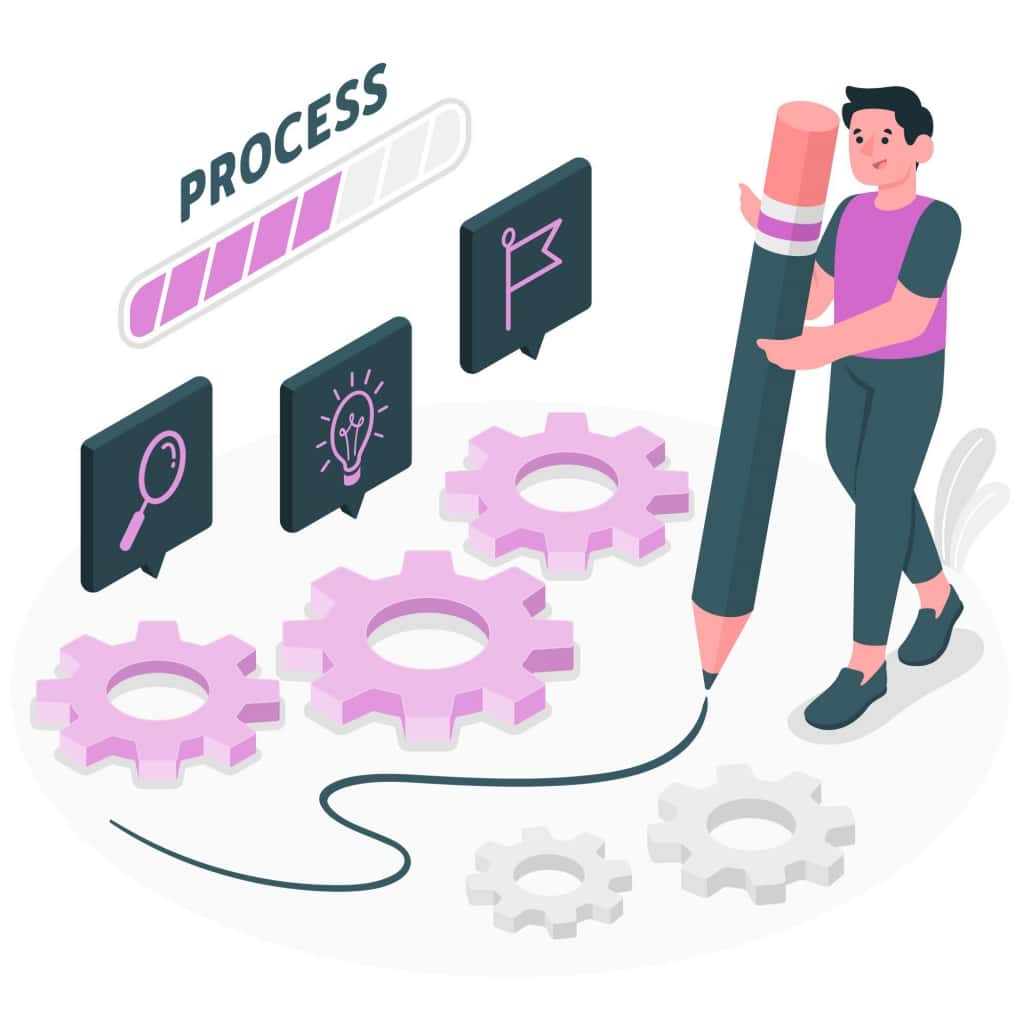
すぐに使える継続的改善ツールの武器を探索して、プロセスを改良して向上させる準備ができています。
1/ バリューストリームマッピング
値ストリームマッピング は、ワークフローを分析および改善するための視覚的表現の作成を含むツールです。 最初から最後までプロセス全体を計画することにより、組織は非効率を特定し、無駄を削減し、作業の流れを最適化し、最終的に全体の生産性を向上させることができます。
2/ 現場散歩
現場歩きとは? 現場視察とは、実際の現場、つまり「現場」に赴き、プロセスの実態を観察し、学び、理解することです。この実践的なアプローチにより、リーダーやチームは現場に関わる人々と直接関わることで、洞察を深め、改善の機会を特定し、継続的な改善の文化を育むことができます。
3/ PDCAサイクル(Plan、Do、Check、Act)
当学校区の PDCAサイクル 継続的な改善を達成するために不可欠なツールです。 個人や組織が次の XNUMX つの段階を通じて問題を特定するのに役立ちます。
- 計画: 問題を特定し、改善を計画します。
- 操作を行います。 まずは小規模で計画をテストしてみるのが良いでしょう。
- チェック: 結果の評価とデータの分析。
- 行為: 結果に基づいて、改善を標準化するか、計画を調整するか、規模を拡大するかなどのアクションを実行します。
この循環プロセスにより、改善への体系的かつ反復的なアプローチが保証されます。
4/ カンバン
かんばん は、ワークフローを効率的に管理するのに役立つ視覚的な管理システムです。 これには、カードや視覚信号を使用して、プロセスのさまざまな段階を通過するタスクやアイテムを表現することが含まれます。 カンバンは作業を明確に視覚的に表現し、ボトルネックを軽減し、システム内のタスクの全体的なフローを強化します。
5/ シックスシグマ DMAIC
当学校区の 6シグマDMAIC 方法論とは、プロセス改善のための構造化されたアプローチです。プロジェクトを円滑に進めるためには、構造化されたアプローチに従うことが重要です。
これには
- 問題とプロジェクトの目標を定義し、
- 現在の状態を定量化し、ベースライン指標を確立する
- 問題の根本原因を調査し、
- ソリューションと機能強化の実装、
- 改善が長期にわたって継続されることを保証し、一貫した品質を維持します。
6/ 根本原因の分析
根本原因分析手法 は、単に症状を治療するのではなく、問題の根本的な原因を特定して対処することに重点を置いたツールです。 問題の根本に到達することで、組織はより効果的で永続的なソリューションを実装し、再発を防止し、継続的な改善を促進することができます。
シンプルさと相まって、 根本原因分析テンプレート, このツールは、問題を調査するための体系化されたフレームワークを提供します。 これにより、組織は問題解決に向けて段階的なアプローチをとり、継続的な改善の文化を奨励することができます。
7/ XNUMX つのなぜ
当学校区の XNUMX つのなぜアプローチ 問題の根本原因を深く掘り下げるための、シンプルながらも強力な手法です。「なぜ」を繰り返し(通常は5回)、核心的な問題が特定されるまで問いかけます。この手法は、問題に寄与する根本的な要因を明らかにし、的を絞った解決策の立案を促進します。
8/ 石川図
An 石川ダイヤグラム、またはフィッシュボーン図は、問題解決に使用される視覚的なツールです。 これは、問題の潜在的な原因を示し、問題の原因を魚の骨のような枝に分類します。 このグラフィック表現は、チームが問題に寄与するさまざまな要因を特定して調査するのに役立ち、複雑な問題を理解し、効果的な解決策を考案しやすくなります。
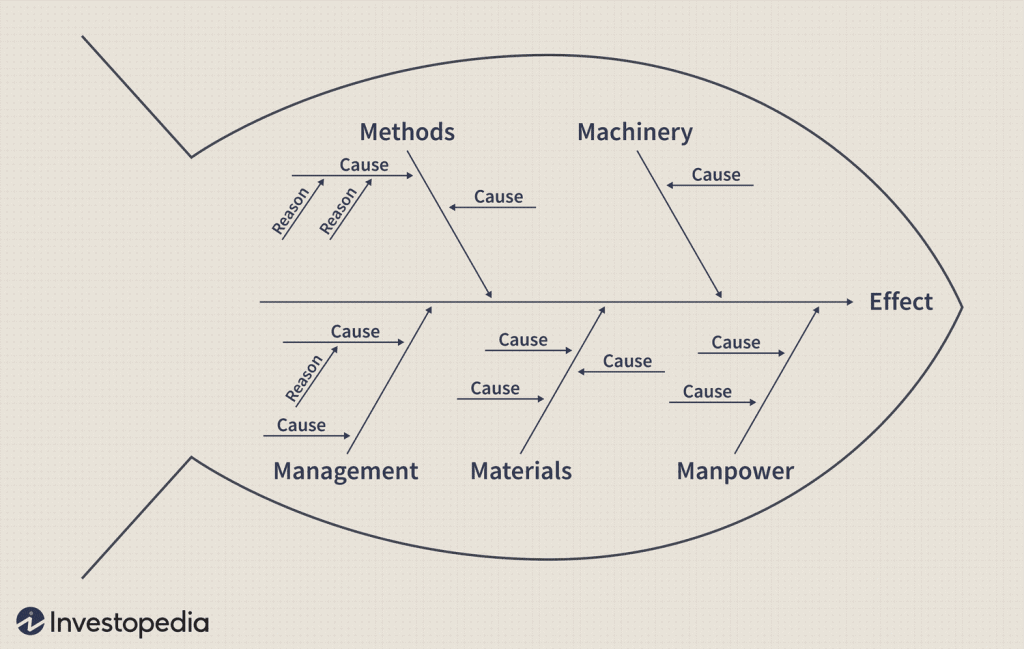
主要なポイント(要点)
継続的改善手法の探求を締めくくるにあたり、組織進化の鍵となる要素を明らかにしました。カイゼンの小さくとも影響力のある変化から、シックスシグマの構造化されたアプローチまで、これらの継続的改善手法は、継続的な改善の土台を形作ります。
継続的な改善の旅に乗り出す際には、次の点を忘れずに行ってください。 あはスライドAhaSlidesの インタラクティブ機能 および カスタマイズ可能なデザインテンプレートAhaSlidesは、継続的な改善の文化を育むための貴重なツールとなります。ブレインストーミングセッションの促進、バリューストリームのマッピング、根本原因分析の実施など、AhaSlidesは継続的な改善活動を効果的かつ魅力的なものにするためのプラットフォームを提供します。
よくあるご質問
継続的改善の 4 つの段階とは何ですか?
継続的改善の 4 つの段階: 問題の特定、現状の分析、解決策の開発。 実装と監視
シックス シグマの継続的改善方法論とは何ですか?
シックス シグマの継続的改善方法論:
- DMAIC (定義、測定、分析、改善、制御)
- DMADV (定義、測定、分析、設計、検証)
継続的改善のモデルとは何ですか?
継続的改善のモデル:PDCA(Plan、Do、Check、Act)、制約理論、保証管理計画。

